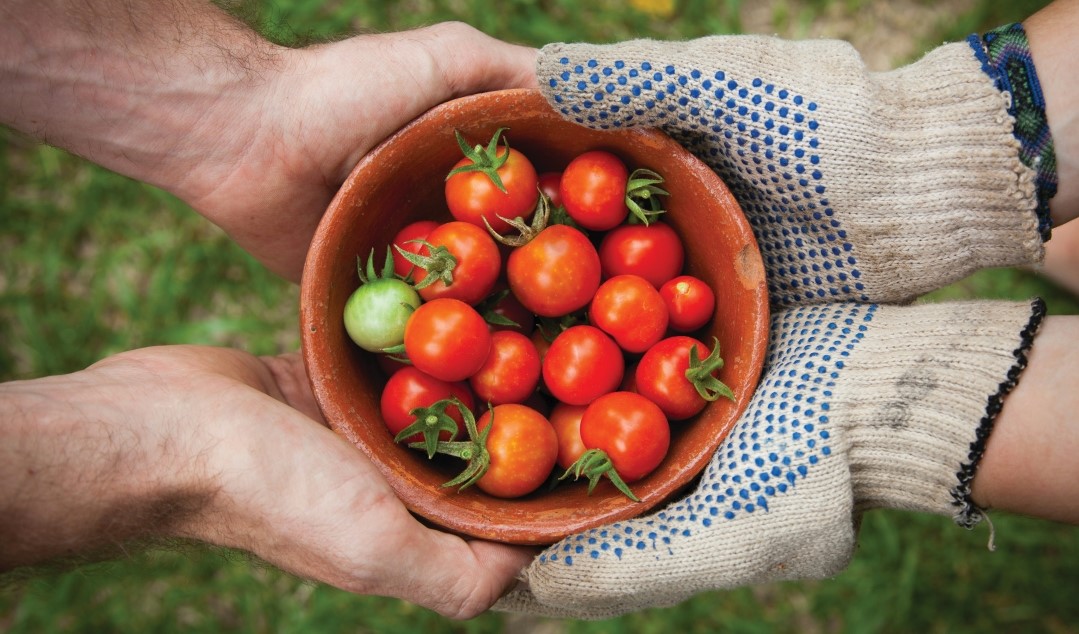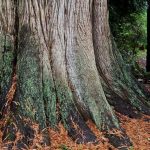Around the world, traditional groups are practising food production techniques that have remained unchanged for centuries.
There are also large numbers of recently-inspired people seeking to learn the ways of the land and to harness the potential of life around them. Driven by the romantic notion of surviving off of what one can produce oneself, great plans are made. The fragility and, frankly, the inadequacy of our industrial food production system drives this dream.
I have been fortunate enough to live and work across very different regions of the world, and through work-trading, have seen glimpses of many different lives.
Within these groups, I’ve encountered extremely talented and knowledgeable people producing vast amounts of their own food. However, against the backdrop of self-sufficiency – a kind of nirvana that many hold as the ultimate goal – there is often a sense of disappointment that the grocery store is still required.
In the luscious mountains of Northern Spain, it’s easy to settle into a relaxed pattern of life. In spring, the mountain meadows are carpeted with an incredible range of wild orchids, each looking like the eccentric drawings of a surrealist. The colours are extraordinarily varied, reflecting the rich natural variation of the area.
In practice, the isolationism that is inherent in the ideal of self-sufficiency is not possible.
In these mountains, large predators still exist. I was lucky enough to see a paw print from the endangered Cantabrian brown bear. Their population is recovering from near-extinction, but still there are only around 400 living in the wild. Shepherds roam with formidable mastiffs to protect their livestock.
In the midst of this landscape is a permaculture project that has stalled somewhat. The soil may be perfect for wildflowers, but its shallow, rocky nature presents significant obstacles for food production. Long, cold winters, combined with hot, dry summers, further complicate things.
Bound by collective strengths
The people producing food in this environment are required to innovate and borrow techniques from other regions. An old Irish potato-planting method is used to build up enough soil depth to plant into. Hardy Mediterranean herbs and vegetables are planted annually and the ever-present fig tree grows prodigiously. Multiple strong mountain streams flow down the valley, providing much-needed irrigation as well as water for their homes. The freshet can be powerful but by late May, the streams have slowed to a trickle. Ensuring the early-year survival of fruit trees requires luck and hard work.
Driving this project is the dream of being able to survive unaided, surrounded by mountains and wild animals. It is the most peaceful of dreams and something that captures the imagination of so many people disillusioned by the world we live in. Yet even on this relatively small-scale project, the amount of work required to simply supplement their diet is enormous.
In practice, the isolationism that is inherent in the ideal of self-sufficiency is not possible. As a result, compromises and agreements are made. Relationships with neighbours are vitally important. A local shepherd grazes a flock of sheep on this rich mountain meadow in exchange for milk and cheese. Communities are bound by their individual weaknesses and collective strengths.
Falling short of self-sufficiency is certainly not failure. It is just another compromise between ideals and reality.
Over last summer, I had the opportunity to work on a hugely impressive project on Denman Island. Initially, existence there seemed completely tranquil, but that calmness hides twenty years of backbreaking work. Long-term planning and experimentation have changed this shallow-soiled landscape into a highly-productive food forest. Cereal crops proved to be time-consuming with minimal reward, but the bounties produced by mulberries, pears, and plums are extraordinary. In the future, a row of oak trees will mature, and their blanched acorns will provide an alternative to wheat and barley.
There is a genuine natural bounty available, too, in the form of black-tailed deer, scallops and chanterelles. Essential skills come in the form of harvesting and preserving this glut for times of scarcity. However, more food is still needed to support those living there. Basic grains are particularly important, and so too are all the other little things that we like.
Shared struggles on Denman
Denman Island is an unusually collectivized community with its free bus, farmers market, and myriad other social collections and occasions. It is also the place where I have seen the largest number of people striving for self-sufficiency. The isolation brought about by choosing this life is, ironically, a unifying experience. Shared struggles against common problems (weather, soil quality, access to water, etc.) bring people together.
If the goal of self-sufficiency were more easily attainable, perhaps the strong connections made by those living on these patches of land would not be necessary.
The place I worked was an example of how to successfully live off the land, but they were open about the fact that this kind of existence relies on fossil fuels and global food production. Particularly interesting was the idea that their chickens are essentially laundering fossil fuels, as they turn shop-bought feed into eggs – a healthy source of protein with a clean conscience. Being honest about these facts can help to remove some of the barriers faced by many who are new to producing their own food.
Success and failure
When successful proponents of sufficiency are open about the fact that total self-sufficiency is not their goal, that openness removes some of the mystique around this way of life. It doesn’t have to be all or nothing. On the other hand, if the goal of self-sufficiency were more easily attainable, perhaps the strong connections made by those living on these patches of land would not be necessary.
For this reason, I’m extremely glad that concessions have to be made and we still rely on the productive capacity of others in order to live a rich life. It’s good that we challenge ourselves to support ourselves and learn the natural patterns that can sustain us, but falling short of self-sufficiency is certainly not failure. It is just another compromise between ideals and reality.
Jasper Pryor is a young writer focused on the changes happening to our climate. He has a passion for wilderness that he hopes to share with others.




